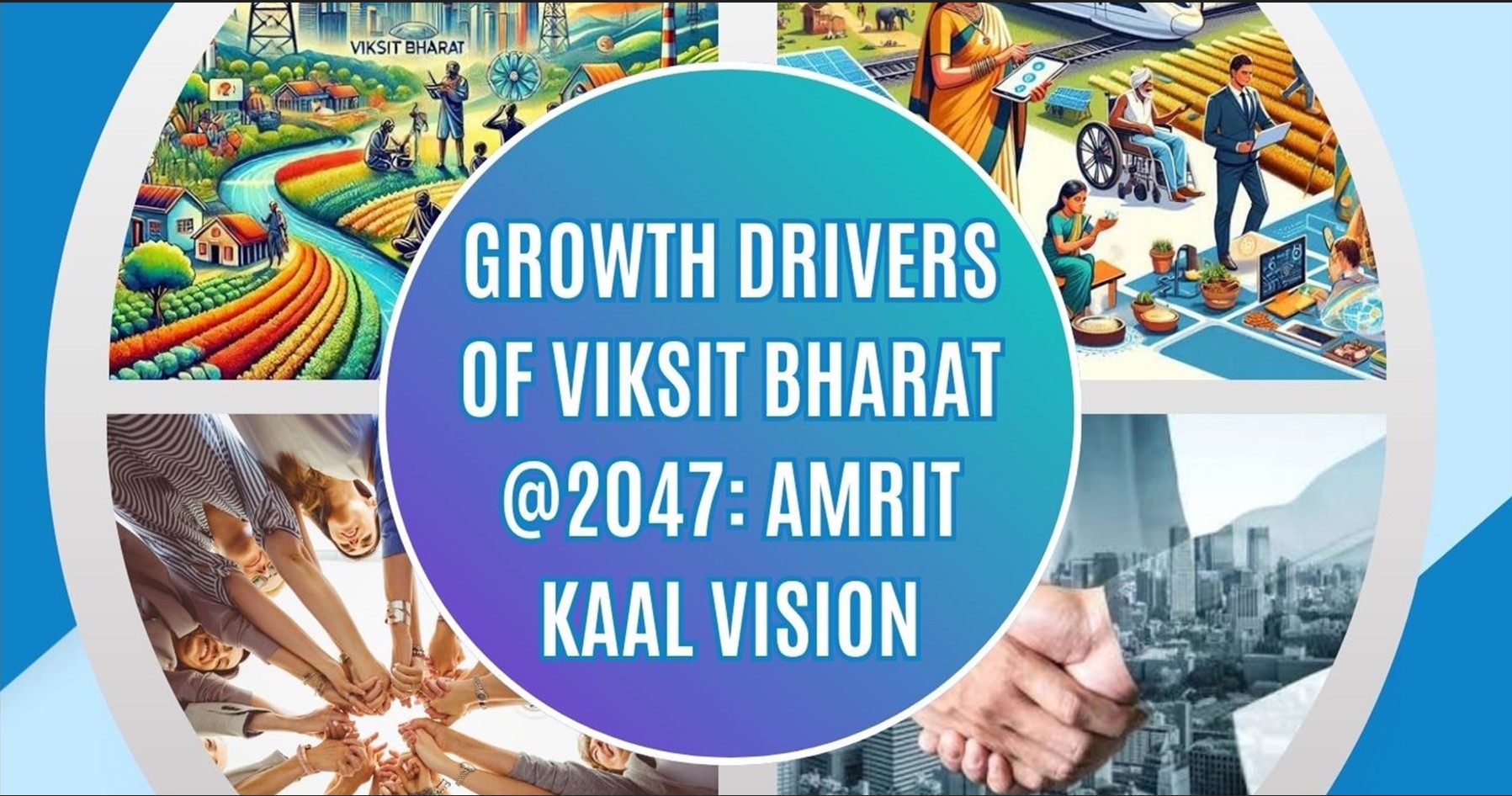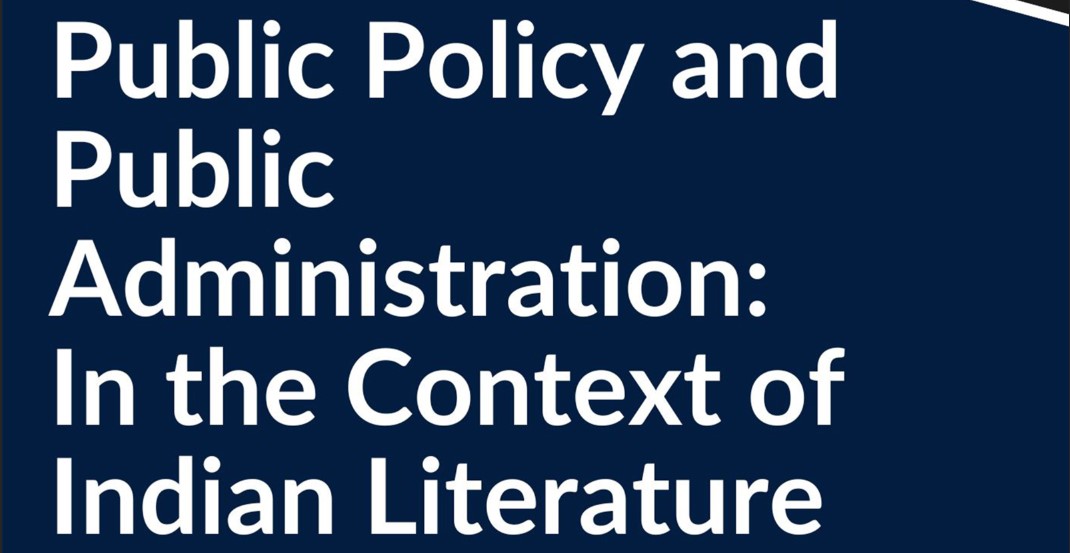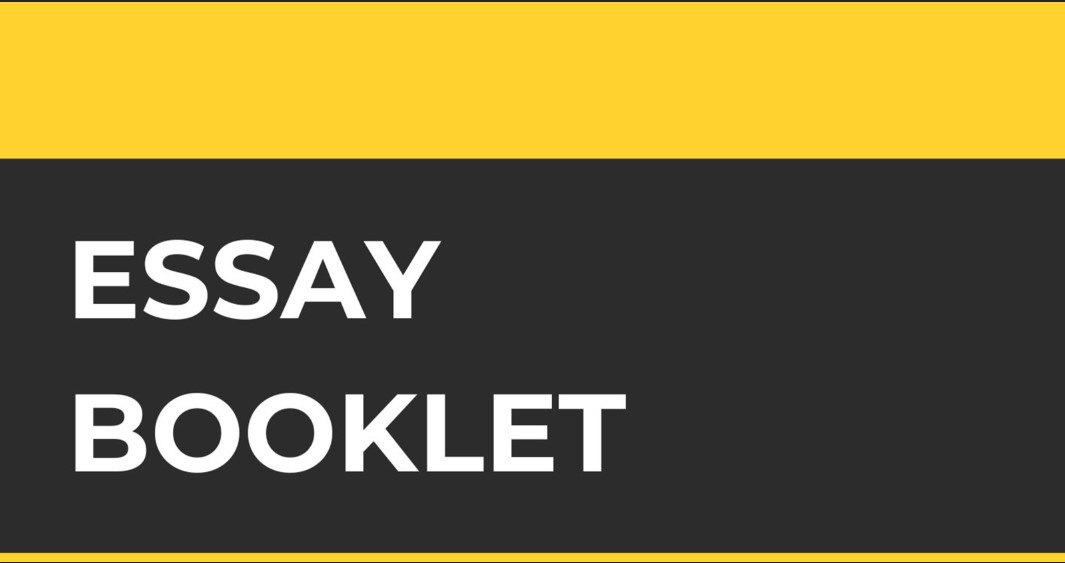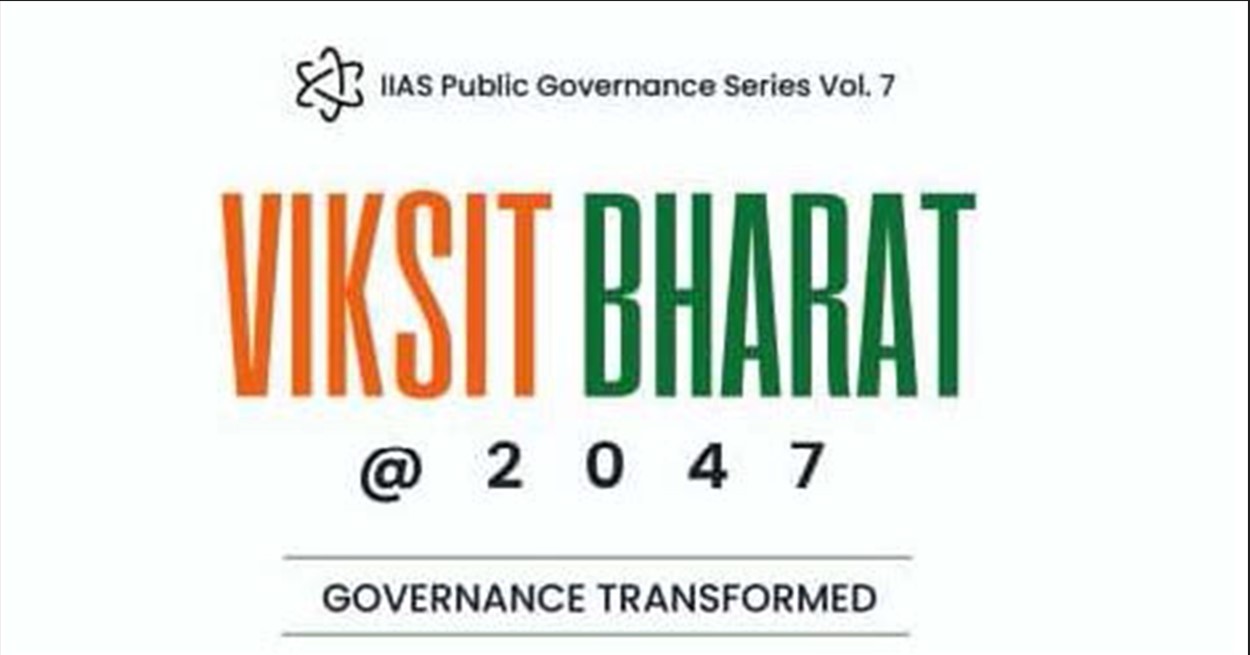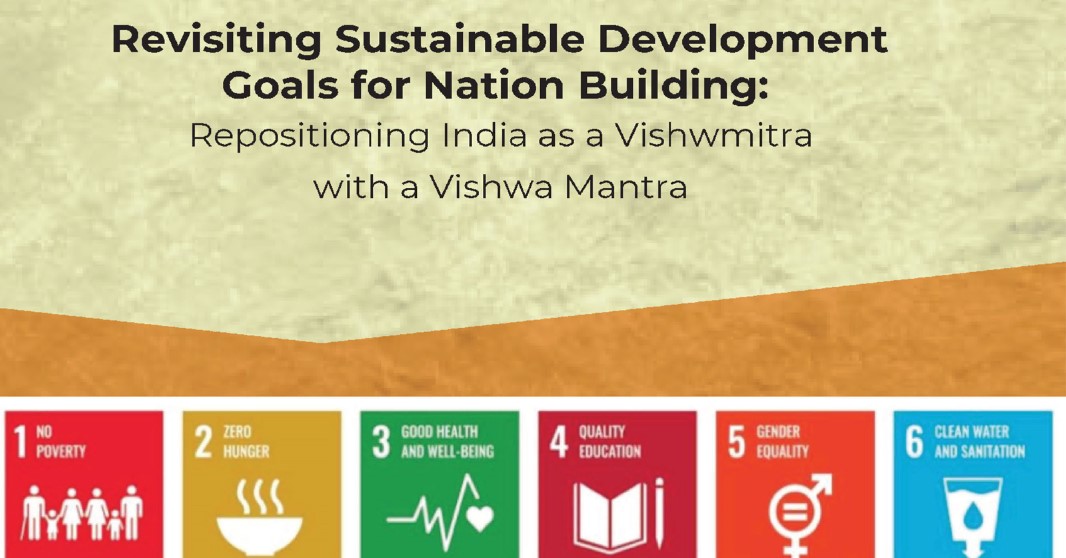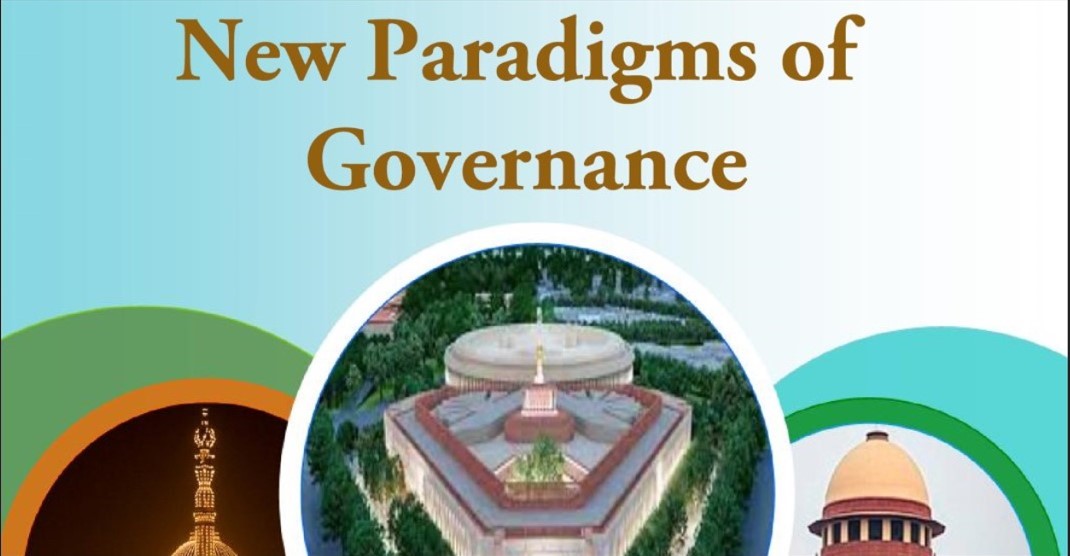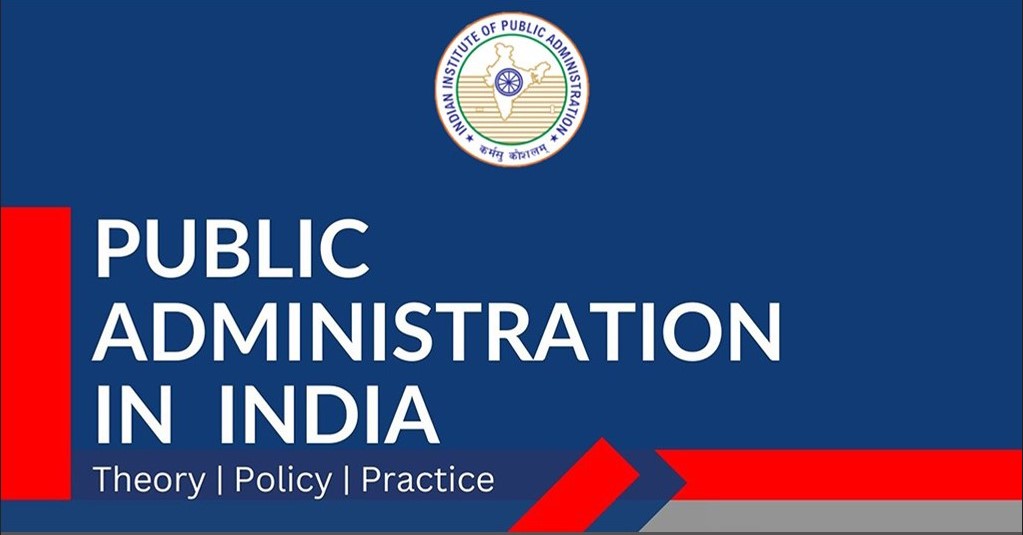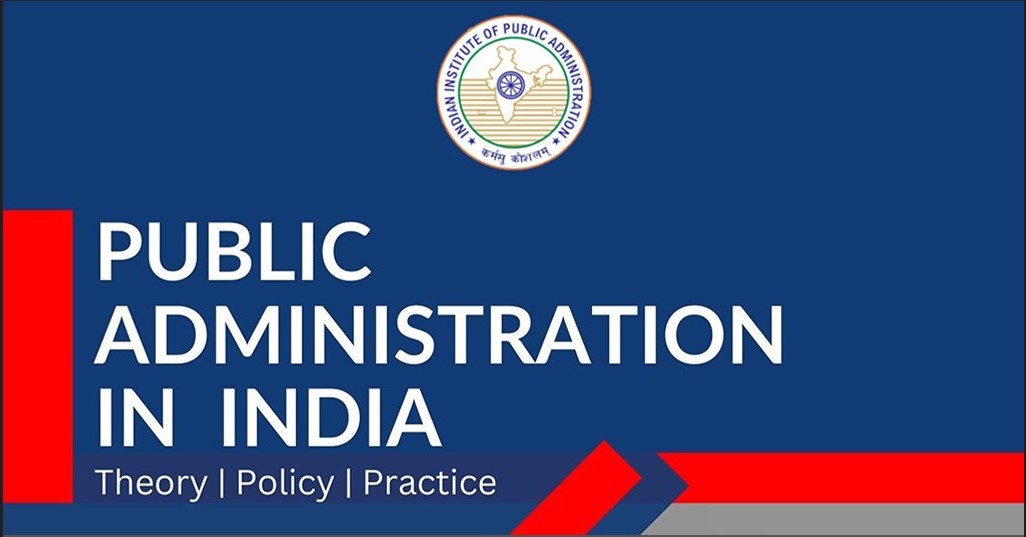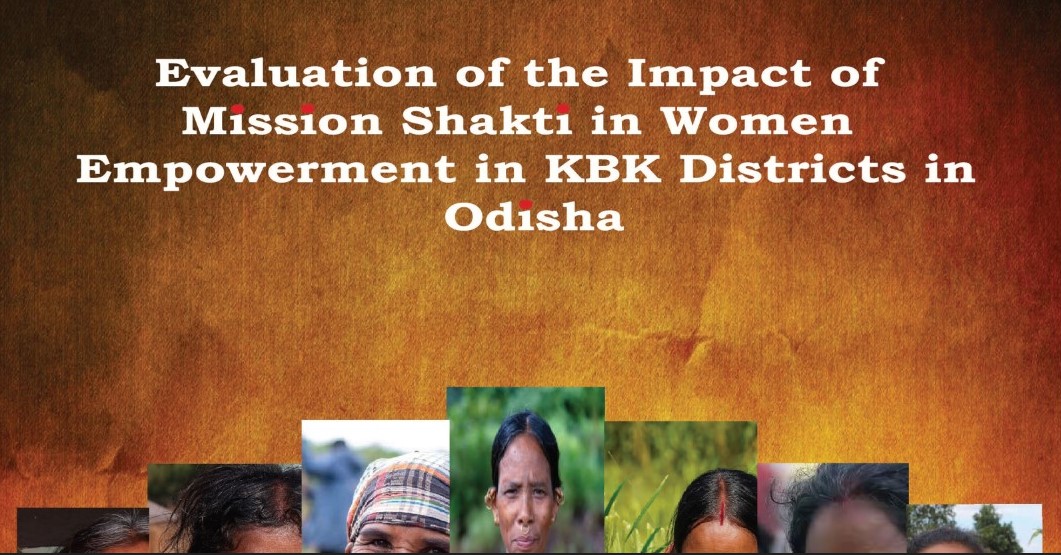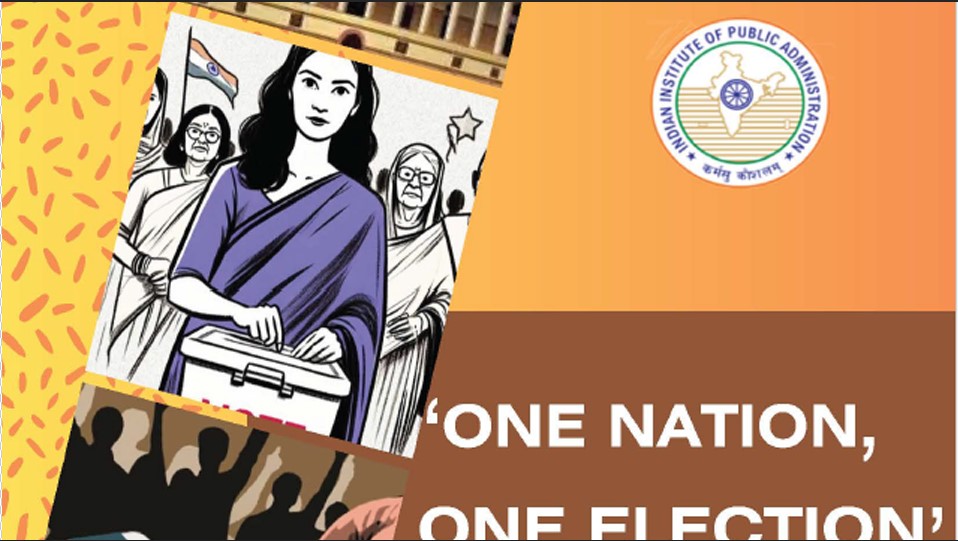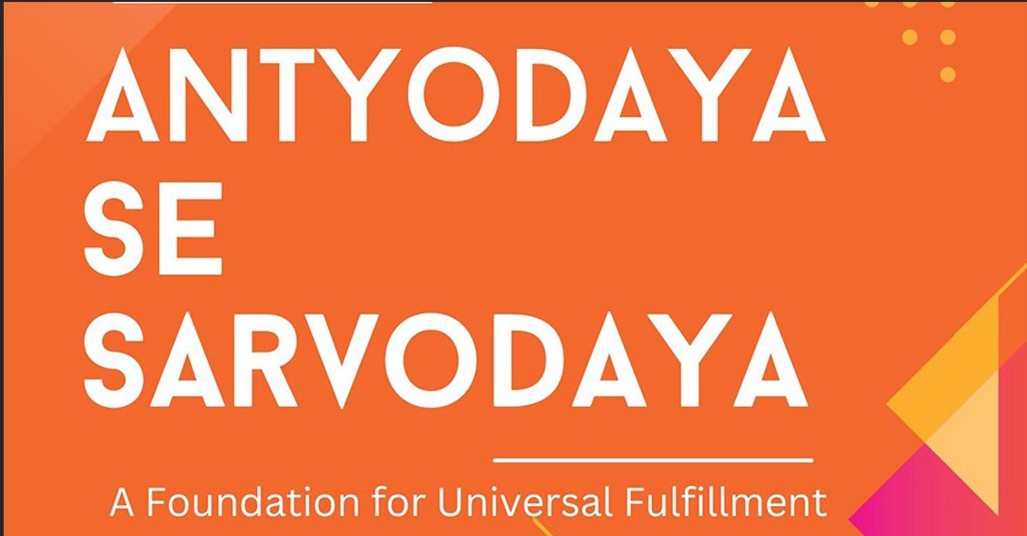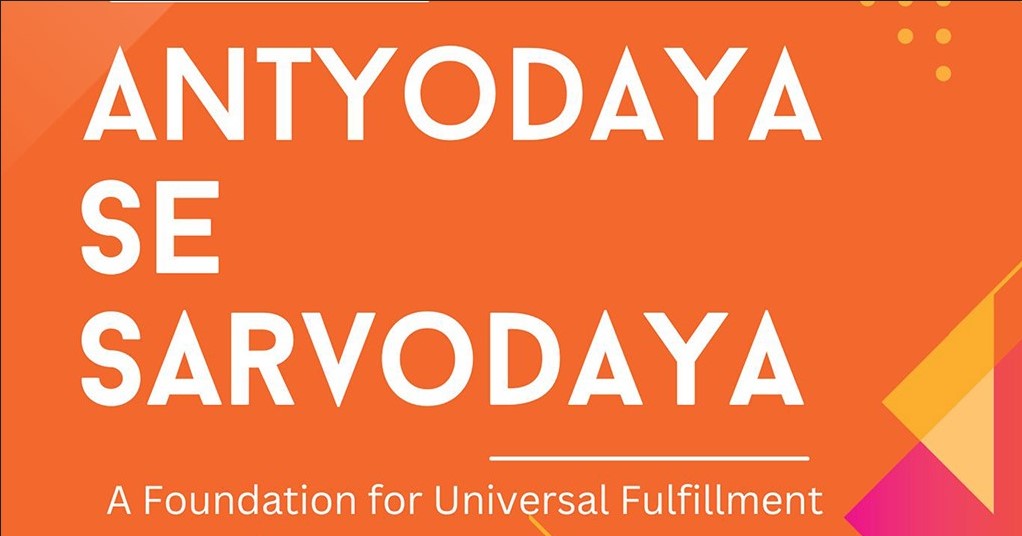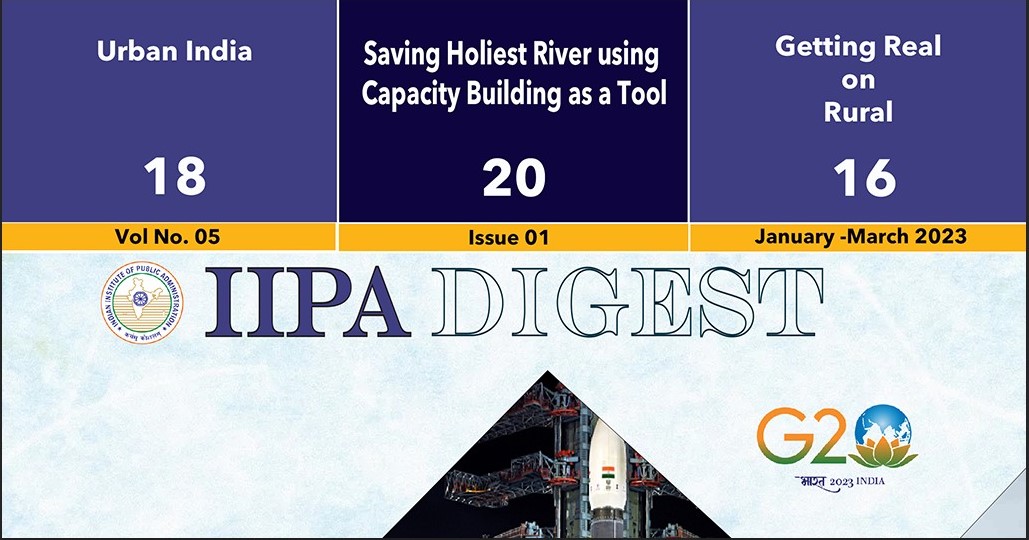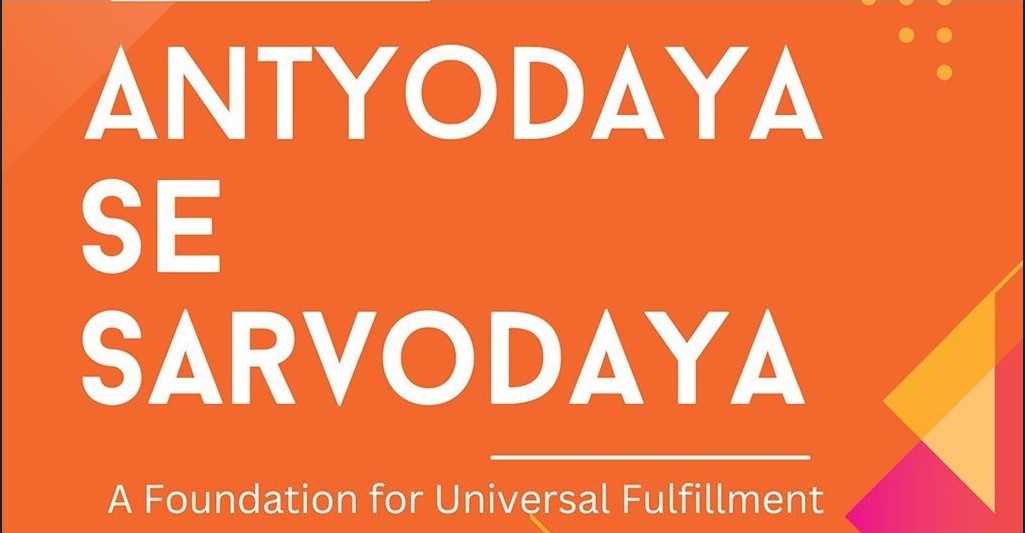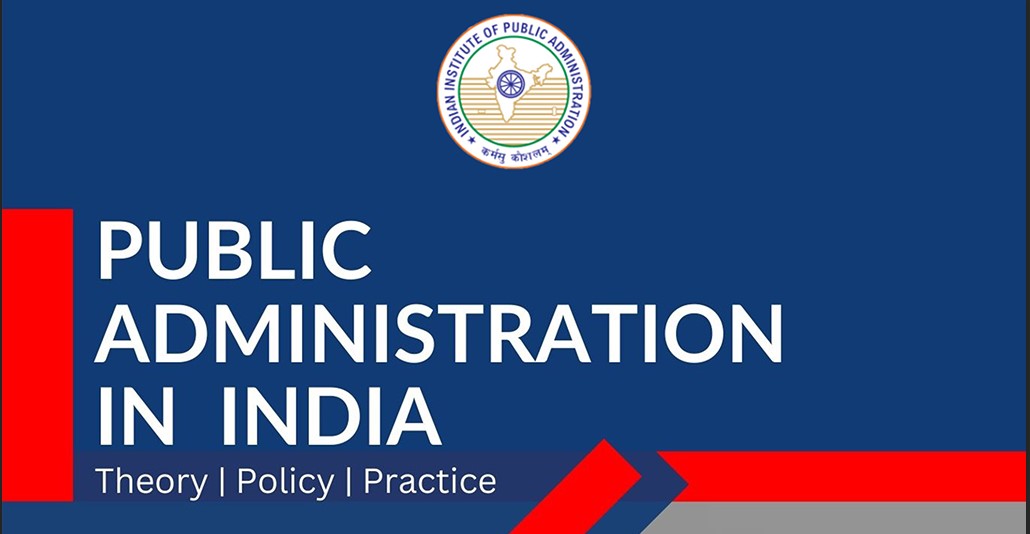Decoding Insider Trading: Leveraging Circumstantial Evidence to Reform India’s Regulatory Framework
Abstract
The article delves into the complexities of insider trading, particularly in the context of circumstantial evidence and evolving technological challenges. The Securities and Exchange Board of India (SEBI) faces significant hurdles in prosecuting insider trading due to encrypted communications, lack of jurisdiction over extraterritorial offenses, and reliance on indirect evidence. The SEBI (Prohibition of Insider Trading) Regulations, 2015, aim to promote transparency and fairness in the securities market. However, the absence of direct evidence often complicates establishing guilt. Judicial interpretations, such as in SEBI v. Abhijit Rajan and Balaram Garg v. SEBI, underscore the need for substantial evidence, whether direct or circumstantial, to prove intent or misuse of unpublished price-sensitive information (UPSI). The article advocates for regulatory reforms, including expanded jurisdiction and integration of advanced surveillance technologies like blockchain and AI. It also emphasizes the importance of clear guidelines on the admissibility and standard of evidence in insider trading cases. By addressing these gaps, SEBI can strengthen its enforcement framework, safeguard market integrity, and enhance investor confidence in India's rapidly digitizing financial markets.
Keywords: Insider Trading, Circumstantial Evidence, SEBI Regulations, Technological Challenges, Market Integrity
1. Introduction
Insider trading, which involves the misuse of Unpublished Price-Sensitive Information (UPSI) for financial gain, poses significant challenges to market integrity and investor confidence. In India, the Securities and Exchange Board of India (SEBI) introduced the SEBI (Prohibition of Insider Trading) Regulations, 2015, to curb this malpractice. However, enforcement remains challenging due to reliance on circumstantial evidence and the complexities of proving intent (mens rea). Circumstantial evidence is crucial in insider trading cases, especially as technological advancements complicate the acquisition of concrete proof. Insiders and associated persons often avoid direct trading and instead rely on proxies to execute trades based on unpublished price-sensitive information (UPSI). With secure digital communications and encrypted messaging, SEBI frequently faces challenges in collecting direct evidence, such as proof of conversations or agreements. India’s regulatory framework, governed by the SEBI Prohibition of Insider Trading Regulations, 2015, alongside the SEBI Act of 1992, aims to safeguard investors and foster a trustworthy securities market. However, establishing violations depends heavily on the standard of proof and the admissibility of evidence. Insiders often share UPSI through intermediaries, making direct evidence exceedingly rare. Strengthening the role of circumstantial evidence is essential for effective enforcement and ensuring market confidence. This article examines how strengthening the role of circumstantial evidence and reforming regulatory provisions can bolster SEBI's enforcement efforts, ensuring a fair and transparent securities market.
2. Insider Trading in India: An Overview
India’s legal landscape on insider trading is defined by the SEBI Regulations, 2015, and the SEBI Act, 1992. Key provisions include: Regulation 2: Defines key terms, including insider trading and UPSI, Regulation 4: Prohibits trading based on UPSI. And Regulation 5: Provides guidelines for disclosure and exemptions as mentioned under the Securities and Exchange Board of India (SEBI). (2015). SEBI (Prohibition of Insider Trading) Regulations, 2015. These provisions aim to deter unlawful trading while ensuring accountability. Yet, their effectiveness depends on the ability to gather evidence that meets judicial standards.
3. Challenges in the Enforcement of Insider Trading Regulation by SEBI
Evidentiary Standards: Insider trading cases often rely on circumstantial evidence, such as trading patterns and communication logs, due to the lack of direct evidence. The court in V.K. Kaul vs. SEBI emphasized the importance of circumstantial evidence but noted the need for a high proof threshold. Inconsistent application of these standards, seen in Cyrus Investments Pvt. Ltd. vs. Tata Sons Ltd., suggests a need for uniform guidelines on evidence admissibility and sufficiency.
Mens Rea and Intent: Proving intent (mens rea) is challenging, as seen in Rakesh Agrawal vs. SEBI, where intent for personal gain was a key factor in determining liability.
Technological and Extraterritorial Challenges: The rise of encrypted communications and digital platforms complicates evidence collection. SEBI lacks the authority to access secure communications, and cross-border transactions often escape its jurisdiction, as seen in SEBI vs. Pan Asia Advisors.
4. Research Methodology
This research employs a qualitative methodology to analyze challenges in enforcing insider trading regulations under the SEBI (Prohibition of Insider Trading) Regulations, 2015. A doctrinal approach is used to study legal principles, regulatory provisions, and case law, complemented by comparative insights from global practices. Primary sources include SEBI regulations, judicial rulings such as SEBI v. Abhijit Rajan, while secondary sources involve academic literature and reports from SEBI and international agencies like the SEC. The study evaluates the legal framework, enforcement issues, judicial precedents, and the role of emerging technologies like AI and blockchain, proposing reforms to enhance transparency, market integrity, and investor confidence.
5. Enhancing SEBI’s framework to Tackle Insider Trading
To combat insider trading effectively, SEBI could strengthen evidentiary protocols by mandating the disclosure of communication records and corporate actions. Shifting to a strict liability approach for certain offenses would simplify enforcement by reducing reliance on proving intent. Leveraging technologies like AI and data analytics can enhance the detection of suspicious trades linked to UPSI. SEBI should also scrutinize off-market trades by insiders more rigorously and consider expanding its jurisdiction to address cross-border offenses. Granting SEBI extraterritorial powers, similar to the U.S. SEC, would improve oversight. Enhanced tools, resources, and legal authority would ensure faster resolution, aligning India with global regulatory standards.
6. Global Best Practices to Prohibit Insider Trading
Globally, regulatory measures provide valuable lessons for India in combating insider trading. The U.S. SEC employs whistleblower incentives and advanced surveillance systems, using a “preponderance of evidence” standard. The EU’s Market Abuse Regulation (MAR) integrates strict liability and investigatory frameworks, streamlining enforcement. Adopting technologies like AI and blockchain can improve SEBI’s ability to detect encrypted communications and cross-border violations. Studies emphasize stronger laws, clear evidence guidelines, and better penalties to deter misconduct. Reforms inspired by international practices, such as the UK’s unlimited financial penalties and the U.S. Rule 10b5-1 adjustments, can strengthen India’s regulatory framework, fostering market integrity and trust.
Argument between Indirect and Circumstantial Evidence in Insider Trading: Role of Electronic Evidence
Indirect Evidence vs. Circumstantial Evidence: Indirect evidence in insider trading points to a possible conclusion but requires inference, such as unexplained wealth accumulation. Circumstantial evidence, a more direct subset, links facts like unusual trading patterns preceding public announcements. Both are crucial when direct evidence is absent, especially in insider trading cases.
Electronic Evidence in Insider Trading: Modern investigations increasingly rely on electronic evidence, including emails, instant messaging logs, phone records, and financial transactions, to trace insider activity. Network and computer logs help identify unauthorized access to sensitive information, and metadata can reveal document timelines. Electronic evidence is vital in building a case.
Motive for Unlawful gain based on Unpublished Price Sensitive Information should be considered relevant for proving Insider Trading under the SEBI Prohibition of Insider Trading Regulation (1992)
Recent judgments by the Supreme Court and the Securities Appellate Tribunal (SAT) in insider trading cases have refined the interpretation of evidence and intention under the SEBI (Prohibition of Insider Trading) Regulations, 1992. In SEBI vs. Abhijit Rajan (2022). Civil Appeal No. 563 of 2022. Supreme Court of India. The Supreme Court emphasized that to prove insider trading, the motive to gain unlawful profits, the direction of trades, and the necessity behind the trades must be considered. The court ruled that mere possession of unpublished price-sensitive information (UPSI) is insufficient without evidence of intent to derive unfair gains. Similarly, in Balaram Garg vs. SEBI (2022). Civil Appeal No. 10560 of 2019. Supreme Court of India. The court held that trading patterns alone could not substantiate the communication of UPSI, setting a higher burden of proof for insider trading violations. However, in Securities and Exchange Board of India v. Kishore Ajmera (2016). Civil Appeal Nos. 2818-2819 of 2008. Supreme Court of India, the court upheld reliance on circumstantial evidence when direct proof is unavailable, showing the varying standards applied based on case facts. In Vora, S. v. Securities and Exchange Board of India (2019). Appeal No. 7 of 2019. Securities Appellate Tribunal (SAT), India, the dissemination of financial data via WhatsApp raised questions about whether forwarded messages constitute UPSI under Regulation 3(1). Collectively, these cases underscore the importance of analysing trading behaviour, the materiality of UPSI, and the necessity to prove intent while balancing regulatory enforcement and equitable principles. The evolving jurisprudence highlights the complexity of insider trading regulation in India.
Litigating Insider Trading Cases: Understanding UPSI and Evidence Requirements
Insider trading cases focus on evaluating Unpublished Price-Sensitive Information (UPSI) and the accused's link to it. SEBI’s Prohibition of Insider Trading Regulations, 2015 (PITR), prohibits insiders from sharing, trading, or accessing UPSI, defined as non-public information capable of materially affecting security prices. Examples include financial results and mergers. SEBI must prove that the information was both unpublished and price-sensitive, which involves a subjective analysis of terms like "materially affect." Courts consider factors such as trading patterns, insider roles, and media reports for evidence. Cases like Emami Limited and 63 Moons Technologies Limited highlight the need to prove the material price impact of alleged UPSI.
7. Suggestions and Discussions on Strengthening Insider Trading Regulations
Insider trading involves dealing in securities based on material non-public information (MNPI), with regulators like SEBI evaluating its significance as Unpublished Price-Sensitive Information (UPSI). Due to the scarcity of direct evidence, circumstantial evidence such as trading patterns, organizational roles, and access to sensitive data plays a critical role. However, regulatory ambiguities and challenges in proving intent (mens rea) hinder enforcement. SEBI's 2015 regulations aim to prevent misuse, but pre-disclosed trading plans and the "possession plus trading" presumption complicate matters. Strengthening evidentiary standards, leveraging AI for surveillance, and judicial training can bolster enforcement, enhance investor trust, and maintain market integrity as under United States v. O’Hagan, 521 U.S. 642 (1997).
Strengthening SEBI Insider Trading Regulations: Addressing Enforcement Gaps
In insider trading cases, circumstantial evidence often serves as a key basis for establishing wrongdoing. Yet, proving a direct link between access to unpublished price-sensitive information (UPSI) and trading activity remains difficult. Regulatory ambiguities surrounding the standard of proof for such evidence have resulted in inconsistent judicial decisions. Additionally, pre-disclosed trading plans under Regulation 5, designed to promote transparency, can sometimes be manipulated to obscure trades based on UPSI. Mens rea, or the intent to misuse UPSI, poses another significant hurdle. Regulation 4 presumes liability for trading while in possession of UPSI, but it does not sufficiently address the distinction between possession and intentional misuse. Indian courts often rely on a "possession plus trading" presumption, which diverges from international practices that require clear evidence of intent. To strengthen enforcement, SEBI should codify standards for evaluating evidence, refine regulations to distinguish possession from misuse, and adopt advanced tools like AI for market surveillance. Judicial training and awareness are also essential to ensure consistent application of insider trading laws, enhancing market trust and investor confidence.
Strengthening India's Insider Trading Regulations for a Transparent and Resilient Financial Future
India’s insider trading regulations have evolved significantly, yet challenges persist in evidentiary standards, intent interpretation, and enforcement. Strengthening the reliance on circumstantial evidence, reducing dependence on proving intent, and incorporating global best practices can enhance SEBI’s enforcement capabilities. Technological advancements require SEBI to adopt innovative monitoring tools and update regulations to address cyber-enabled violations effectively. Collaborative efforts with law enforcement and cybersecurity experts are crucial to maintaining market integrity. By aligning ethical considerations with stringent enforcement, SEBI can enhance transparency and investor trust, ensuring that India’s financial markets remain resilient, competitive, and aligned with global standards in the digital age.
References
1. Basu, S., Sood, A., & Birmole, R. (2023, February 22). India: Supreme Court on insider trading: Motive to unfairly gain based on UPSI is relevant. Finsec Law Advisors.
2. Bettis, C., Vickrey, D., & Vickrey, D. W. (1997). Mimickers of corporate insiders who make large-volume trades. Financial Analysts Journal, 53(5), 57–66. https://doi.org/10.2469/faj.v53.n5.2118
3. Bris, A. (2005). Do insider trading laws work? European Financial Management, 11(3), 267–312. https://doi.org/10.1111/j.1354-7798.2005.00287.x
4. Chhabra, A. (2022). Insider trading laws: Problems and their solutions in comparison with the US & UK. Jus Corpus Law Journal, 2(2), 384–394. Retrieved from https://www.juscorpus.com/wp-content/uploads/2022/01/82.-Anuj-Chhabra.pdf
5. Dhruva, N., Pandey, R., & Malabari, S. (2022, October 13). The viewpoint determination of insider trading: A recent judicial trend. Bar & Bench. Retrieved from www.barandbench.com
6. Dudhe, H. N., & Bhardwaj, P. (2023, January 3). Evaluating the standard of evidence used in insider trading cases. SCC Blog. Retrieved from https://www.scconline.com/blog/post/2023/01/03/evaluating-the-standard-of-evidence-used-in-insider-trading-cases/
7. Esen, M. F., Bilgic, E., & Basdas, U. (2019). How to detect illegal corporate insider trading? A data mining approach for detecting suspicious insider transactions. Intelligent Systems in Accounting, Finance and Management, 26(1), 60–70. https://doi.org/10.1002/isaf.1446
8. Frijns, B., Gilbert, A., & Tourani-Rad, A. (2013). Do criminal sanctions deter insider trading? The Financial Review, 48(2), 205–232. https://doi.org/10.1111/fire.12001.
9. Gilbert, A., & Tourani-Rad, A. (2019). Do penalties matter? The impact of the introduction of financial penalties in the United Kingdom for insider trading. Applied Economics, 52(24), 2622–2635. https://doi.org/10.1080/00036846.2019.1693697
10. Killampalli, M., & Tiwari, S. (2024). Presumed culprits or protected traders? Decoding SEBI's 2023 draft regulations on unexplained suspicious trading activities: Dive into efficacy and challenges. NUALS Law Journal, 18(1), 71–92.
11. Lesley, T. (2022). Insider trading and its regulatory framework in India. Indian Journal of Integrated Research in Law, 2(6), 1–15. Retrieved from https://ijirl.com/wp-content/uploads/2022/11/Insider-Trading-And-Its-Regulatory-Framework-In-India.pdf
12. Modit, G. (2023, September 14). SEBI (Prohibition of Insider Trading) Regulations, 2015: Major obstacles in implementation. SCC Online Blog. Retrieved from https://www.scconline.com/blog/post/2023/09/14/sebi-prohibition-of-insider-trading-regulations-2015-major-obstacles-implementation/
13. Pritchard, A. C., & Sale, H. A. (2003). What counts as fraud? An empirical study of motions to dismiss under the Private Securities Litigation Reform Act. University of Iowa College of Law Legal Studies Research Paper Series. Retrieved from https://ssrn.com/abstract=439503 or http://dx.doi.org/10.2139/ssrn.439503
14. Pritchard, A. C., & Sale, H. A. (2005). What counts as fraud? An empirical study of motions to dismiss under the Private Securities Litigation Reform Act. Journal of Empirical Legal Studies, 2(1), 125–149.
https://doi.org/10.1111/j.1740-1461.2005.00033.x
15. Puthran, G. (2021). Litigating insider trading: Decoding evidence in cases under SEBI (Prohibition of Insider Trading) Regulations, 2015. NUJS Law Review, 14(3), 929–968. Retrieved from
https://www.semanticscholar.org/paper/LITIGATING-INSIDER-TRADING%3A-DECODING-EVIDENCES-IN-Puthran/c04ea2f1bafcd607173c309585b65b3009b38384
16. Reiber, M. (2011). The complexity of complexity: An empirical study of juror competence in civil cases. University of Cincinnati Law Review, 78(3). Retrieved from https://scholarship.law.uc.edu/uclr/vol78/iss3/3
17. Saxena, S., Pathania, B., & Shenoy, A. (2023). Effectiveness of insider trading laws in India: Identifying and addressing legal lacunae. Indian Journal of Integrated Research in Law, 3(3), 1–14. Retrieved from https://ijirl.com/wp-content/uploads/2023/06/Effectiveness-Of-Insider-Trading-Laws-In-India-Identifying-And-Addressing-Legal-Lacunae.pdf
18. Sethi, R., Chadna, M., & Agarwal, A. (2020). Insider trading: Circumstantial evidence is evidence enough? National Law School of India Review, 32(1), Article 9. Retrieved from https://repository.nls.ac.in/nlsir/vol32/iss1/9
19. Smith, B. G. (2024). Fraud and federalism: How the modern court has used the meaning of “property” to reshape federal fraud jurisprudence. Columbia Law Review, 124(4), 1157–1194. https://www.jstor.org/stable/27321597
20. Vasmatkar, A. D., Bikram, K., & Prakash, V. (2022). Understanding & conceptualizing insider trading laws of India & the US. Journal of Positive School Psychology, 6(5), 7691–7696.
21. Veliotis, S. (2010). Rule 10b5-1 trading plans and insiders' incentive to misrepresent. American Business Law Journal, 47(2), 313–359. https://doi.org/10.1111/j.1744-1714.2010.01096.x
22. Adams, B. J., Perry, T., & Mahoney, C. (2018). The challenges of detection and enforcement of insider trading. Journal of Business Ethics, 153(2), 375–388. https://doi.org/10.1007/s10551-016-3403-4
23. Bagby, J. W. (1987). The evolving controversy over insider trading. American Business Law Journal, 24(4), 571–620. https://doi.org/10.1111/j.1744-1714.1986.tb01590.x
Leave a comment
More articles from Governance & Polity




